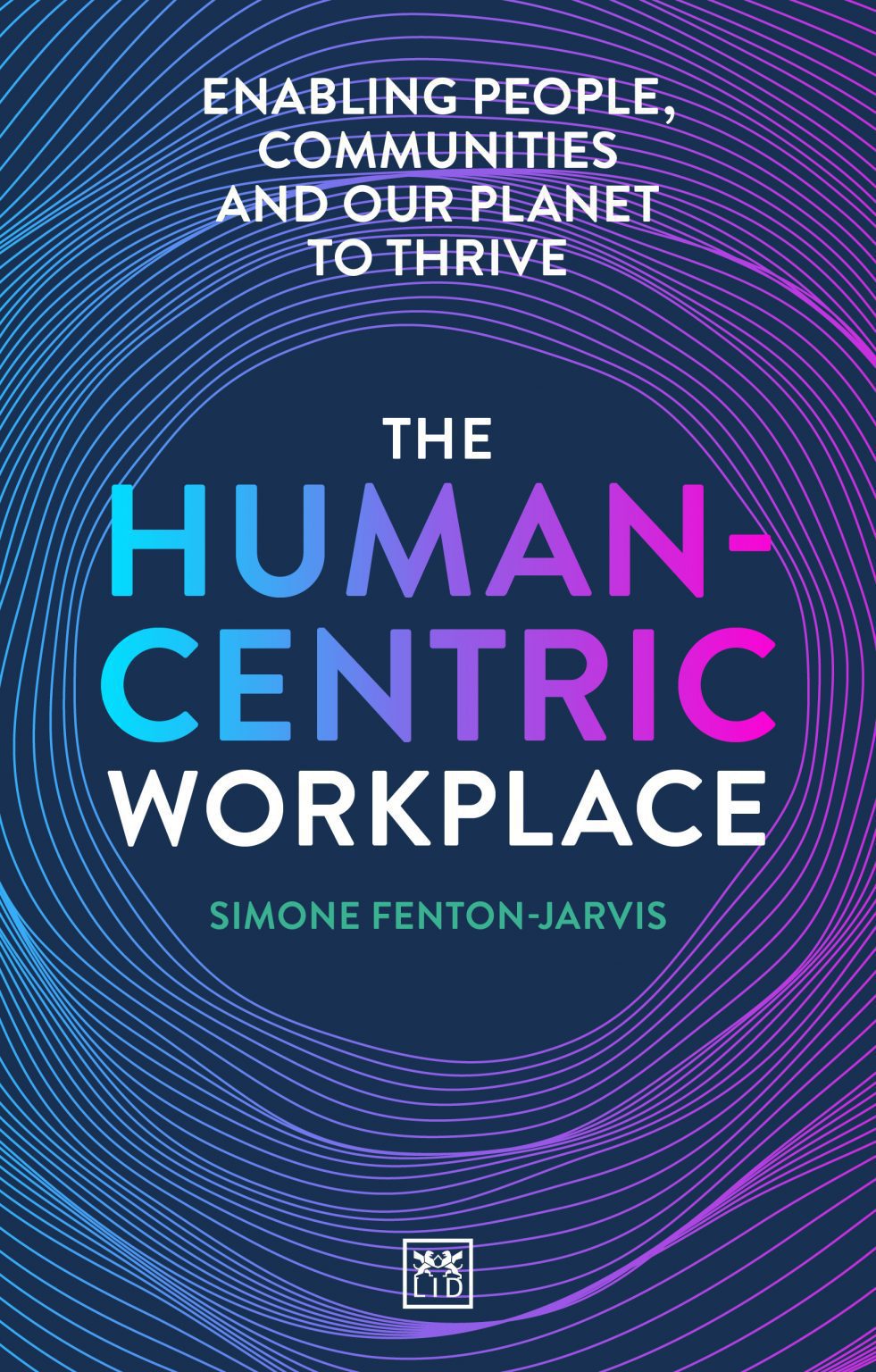|
Ways of working in a post-pandemic world by Simone Fenton-Jarvis
By Guest Contributor Simone Fenton-Jarvis
Author of The Human-Centric Workplace, Simone Fenton-Jarvis, shares useful insights into the new ways of working in a post-pandemic world.
Pre-pandemic many terms to define ways of working were used interchangeably, leading to confusion in organizations among both employees and employers. During the pandemic, the lingo bingo was on steroids and being captured under headlines like ‘new normal’ ‘new ways of working’ and ‘reimagining the office.’ The pandemic accelerated the genie escaping from the bottle and hybrid working is the talk of the town.
Organizations and leaders face constant and mounting pressure due to the types of work arrangements and physical settings, challenges to traditional ways of working and shifting expectations from employees in line with the technologically advancing world. Technology enables the blurring of the traditional Taylorism boundaries between work and home. Where a role can be done outside of a workplace thanks to technology, people are starting to question why working 9-5 in the same location Monday-Friday is necessary.
What we must take note of here is that not all roles, even with the greatest of technologies, can be done outside of a traditional workplace setting. Where new ways of working, such as hybrid, is possible, organizations are on a continuum: the wishful thinkers, the short-termers, the seekers, and the brave and rebellious.

Where organizations are on the continuum, dynamic changes are happening daily across leadership, across departments, across the people. Organizations have been left wondering what exactly the next right thing is to do. What do their people want? How are they most productive? What technology do they need? What processes need revising? Can they be productive without their manager around? Can we trust them?
We have certainly been presented with a once-in-a-lifetime opportunity to reimagine work and the workplace. Many will claim to know the answers, make predictions about the future and apply pressure to organisations to make change; often because it benefits their rhetoric and what they’re trying to sell you.
How do we prepare ourselves, our organizations and our people for the future when we do not know what the future will look like? We must invest the time, effort, and resources now into anticipating changes in your business, your markets and wider society.
The autonomy and trust that comes when people have the choice to work where it best suits the task and whom they are working with, means the individual can choose the right time, place, space, and technology to maximize their effectiveness and efficiency. With the technology available and evolving in the world right now, there is no need for many people to be in the same room every single day to collaborate.
The research and findings to date show that people are demanding increased flexibility; they want a new way of living. Enabling choice, freedom and showing you trust your people will drive engagement, productivity, and attraction and retention levels.
The business case for hybrid working is building and only time will tell whether it truly is the future of work that many are claiming. What is clear is that Human-Centricity will underpin the future world of work; people want to work for companies that value, trust, empower and reward their people fairly. Focus on enabling flexible working practices, developing agile mindsets, curating activity-based environments, and providing smart technology.
But most importantly, be a good human!
ABOUT THE AUTHOR

SIMONE FENTON-JARVIS has 15 years of experience working within Workplace and Facilities Management, an MBA and a multitude of industry qualifications, Simone Fenton-Jarvis has shaped and nurtured her passion for human-centric workplaces. She is based in the UK.
LinkedIn: https://www.linkedin.com/in/simone-fenton-jarvis/
Suggested Reading

The Human-Centric Workplace is about highlighting that we can do better, and we must do better. There are numerous ideas and theories about how and why people are what make organizations thrive (or expire) and yet we still fail to ensure organizations are human-centric. Culminating with a playbook, The Human-Centric Workplace aims to inform, inspire and drive change through demystifying the ‘how’ to ensure our people, communities and planet thrive.
